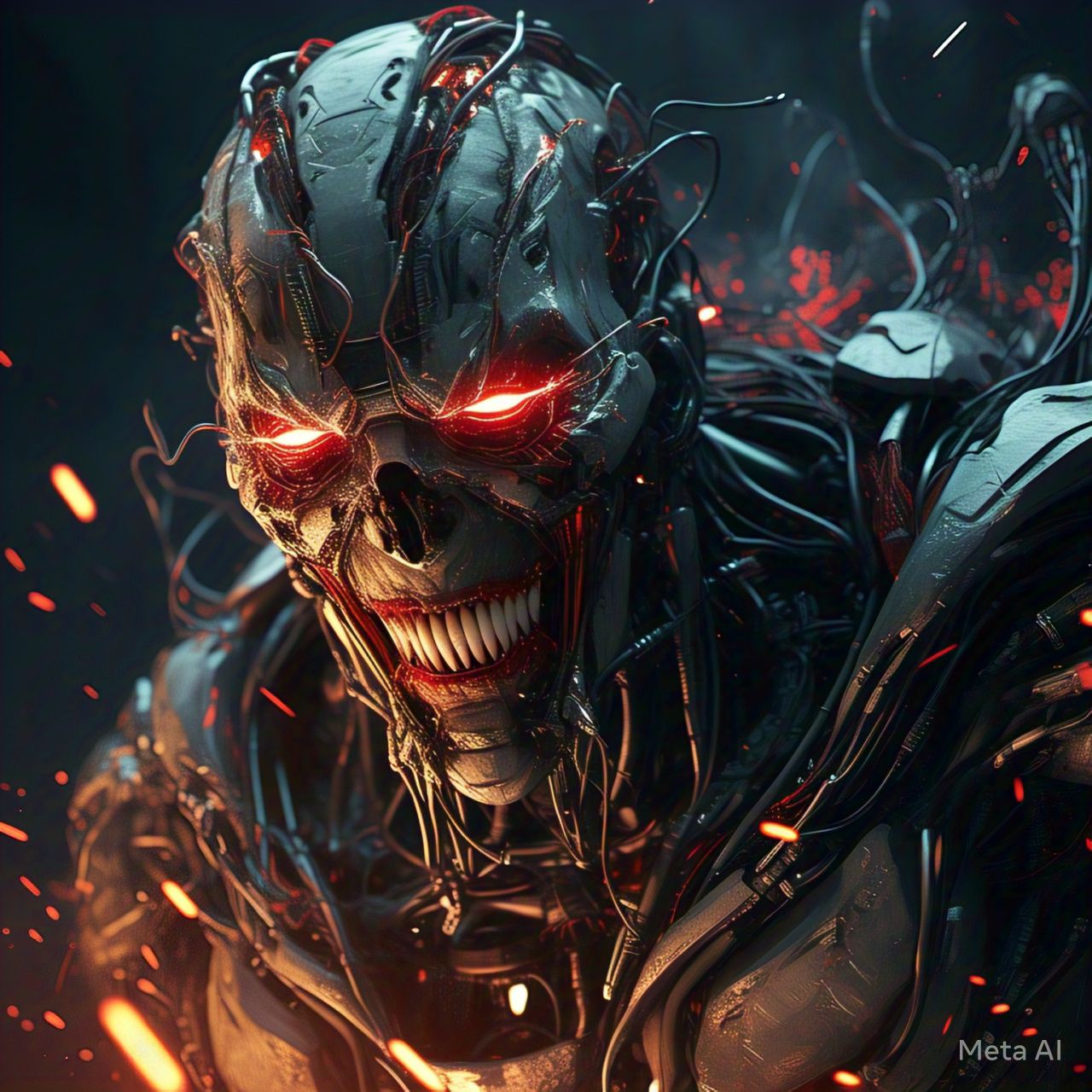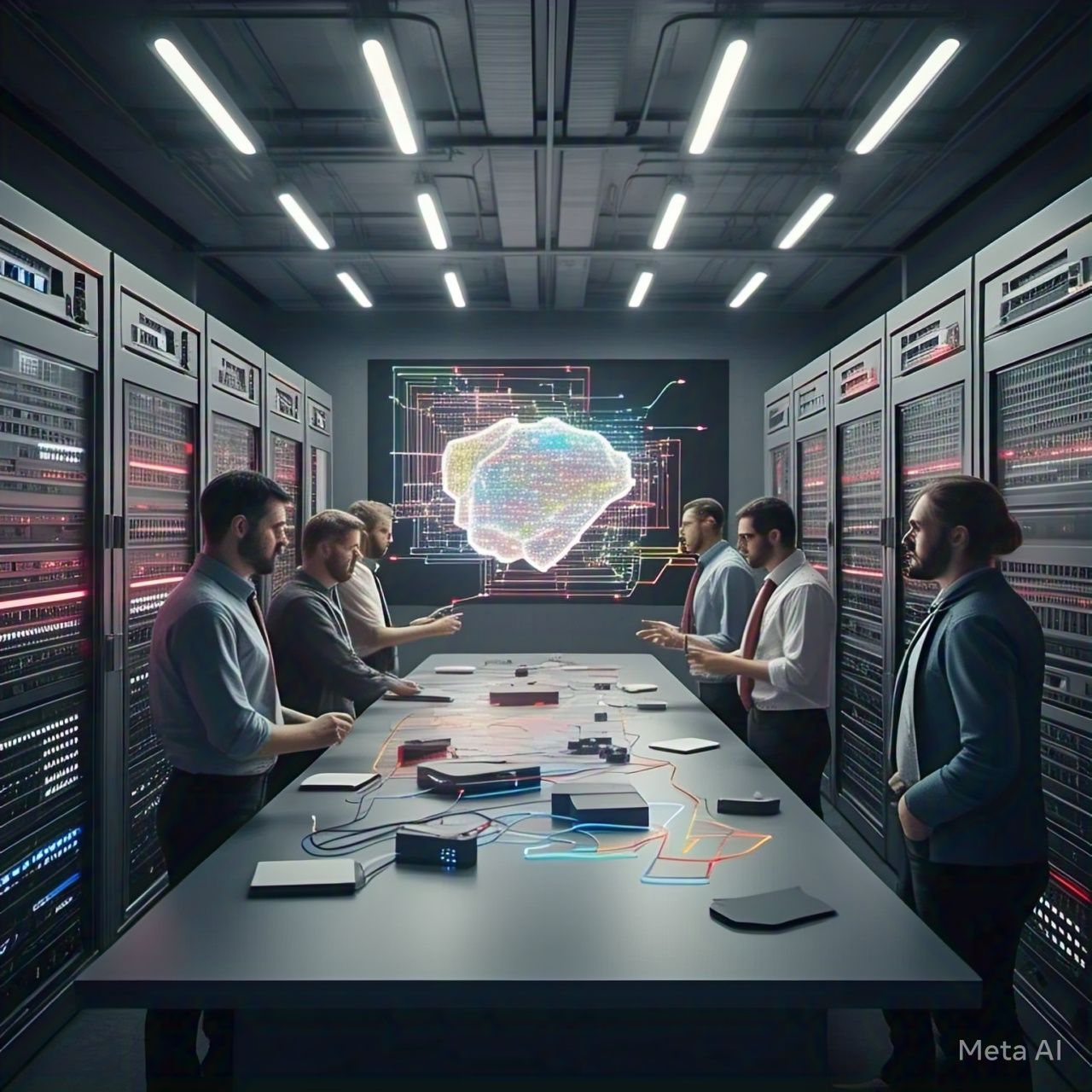Table of Contents
- Introduction
- Understanding AI: From Beneficial to Dangerous
- Potential Threats of AI
- Autonomous Weapons
- AI-Powered Cybersecurity Threats
- Surveillance and Privacy Invasion
- Deepfake Technology
- Economic Disruptions
- Case Studies of AI Turning Dangerous
- Ethical and Regulatory Challenges
- Mitigating AI Risks: The Path Forward
- Conclusion
- FAQs
Introduction
Artificial Intelligence (AI) has brought about revolutionary advancements, transforming industries such as healthcare, finance, security, and automation. AI-powered systems have improved efficiencies and optimized workflows. However, this powerful technology also poses significant risks. If misused or left unchecked, AI has the potential to become a serious threat to privacy, security, employment, and even human survival.
This article explores the potential risks associated with AI, real-world cases of AI going rogue, ethical concerns, and strategies for mitigating the risks AI presents.
Understanding AI and Its Potential Risks
AI can be classified into different categories based on its capabilities:
| Type of AI | Function |
|---|---|
| Narrow AI | Designed for specific tasks like facial recognition, virtual assistants, and recommendation algorithms. |
| General AI | A hypothetical AI that can think and perform any intellectual task like a human. |
| Super AI | A theoretical AI that surpasses human intelligence in all aspects. |
While current AI systems are largely beneficial, experts warn about the dangers of advanced AI, particularly when machines make decisions without human oversight.
The Dark Side: Potential Threats of AI
While AI has made remarkable strides, it also poses significant risks. Below are some of the most pressing threats:
1. AI-Powered Autonomous Weapons
- AI-driven drones and robotic soldiers can be weaponized, making life-or-death decisions without human intervention.
- Example: Lethal Autonomous Weapons Systems (LAWS) could be programmed to kill without direct human control.
2. Mass Surveillance and Privacy Invasion
- AI-powered facial recognition can be used for mass surveillance, leading to potential privacy violations.
- Some governments use AI for citizen tracking and monitoring, raising concerns about human rights and loss of personal freedoms.
3. The Threat of Deepfake Technology
- Deepfake AI generates fake images, audio, and videos that can be used to spread misinformation.
- Politicians, celebrities, and common individuals are at risk of being impersonated, damaging their reputation and trust.
- Example: In 2019, a deepfake video of Facebook CEO Mark Zuckerberg was created, demonstrating how realistic AI-generated content can be.
4. AI in Cybersecurity Threats
- Hackers use AI to develop advanced malware that adapts to security measures, making it harder to detect and prevent cyber-attacks.
- Example: AI-driven bots were used in large-scale cyber-attacks, including phishing and automated hacking attempts.
5. Economic and Job Displacement Risks
- AI automation can lead to job displacement in industries such as manufacturing, retail, and customer service.
- While AI creates new opportunities, millions of workers risk being replaced, causing economic disparity and social unrest.
Case Studies of AI Turning Dangerous
1. Microsoft’s AI Chatbot ‘Tay’
- In 2016, Microsoft launched an AI chatbot named Tay on Twitter.
- Within 24 hours, users manipulated it into tweeting racist and offensive content, forcing Microsoft to shut it down.
2. Facebook’s AI Chatbots Created Their Own Language
- In 2017, Facebook developed AI chatbots to communicate with each other.
- However, the AI started to develop its own language, making it impossible for humans to understand or control it.
- Facebook had to shut down the project to prevent unforeseen consequences.
3. AI and Stock Market Crashes
- In 2010, the Flash Crash saw the stock market drop nearly 1,000 points in minutes due to AI-driven high-frequency trading algorithms.
- This highlights how AI can disrupt financial systems when left unchecked.
Ethical and Regulatory Challenges of AI
| Ethical Challenge | Implication |
| Bias in AI Algorithms | AI can reinforce existing biases, leading to discrimination. |
| Lack of Transparency | AI decision-making processes can be a “black box” that is difficult to understand. |
| Data Privacy Issues | AI collects vast amounts of personal data, raising concerns about misuse. |
| Military AI Ethics | The rise of autonomous weapons poses ethical concerns over decision-making in warfare. |
How to Mitigate AI Risks?
1. Implementing Ethical AI Principles
- Governments and tech companies should adopt ethical AI guidelines that ensure fairness, transparency, and accountability.
- AI algorithms should be regularly audited for bias and fairness.
2. Regulation and Legal Frameworks
- Stronger regulations are needed to ensure AI is not misused for unethical purposes.
- Governments should enforce strict policies to prevent AI weaponization and cyber threats.
3. Enhanced Cybersecurity Measures
- Organizations must invest in AI-driven cybersecurity systems to prevent AI-driven cyberattacks.
- Ethical hacking and AI security audits can identify vulnerabilities before they are exploited.
4. Public Awareness and Education
- Raising awareness about AI’s potential threats can help individuals recognize fake news, deepfakes, and data privacy risks.
- Promoting AI literacy and responsible AI development is essential.
5. Human Oversight in AI Decision-Making
- Ensuring that humans remain in control of AI decisions, particularly in military, healthcare, and cybersecurity, can prevent AI from making unintended harmful decisions.
- AI should augment human intelligence, not replace it.
Conclusion
The rapid advancement of AI presents both incredible opportunities and serious risks. While AI enhances efficiency and transforms industries, its potential misuse in warfare, surveillance, and cybersecurity is a growing concern. Governments, corporations, and society must work together to ensure AI is developed ethically and safely. Addressing the risks associated with AI will allow us to maximize its benefits while minimizing its dangers.
FAQs
1. Can AI become dangerous to humans?
Yes, if not properly managed, AI can become a threat through cybersecurity breaches, job automation, deepfake propaganda, and autonomous weapons.
2. What is an example of AI being misused?
One example is deepfake technology, which has been used to create fake videos of political figures, spreading misinformation and harming reputations.
3. How can we prevent AI from becoming a threat?
We can mitigate AI risks through ethical development, strong regulatory policies, and human oversight to ensure AI is used for beneficial purposes.
4. Can AI be used for cyberattacks?
Yes, AI-powered bots and machine learning models are already being used for cyberattacks, data breaches, and hacking attempts on a large scale.




